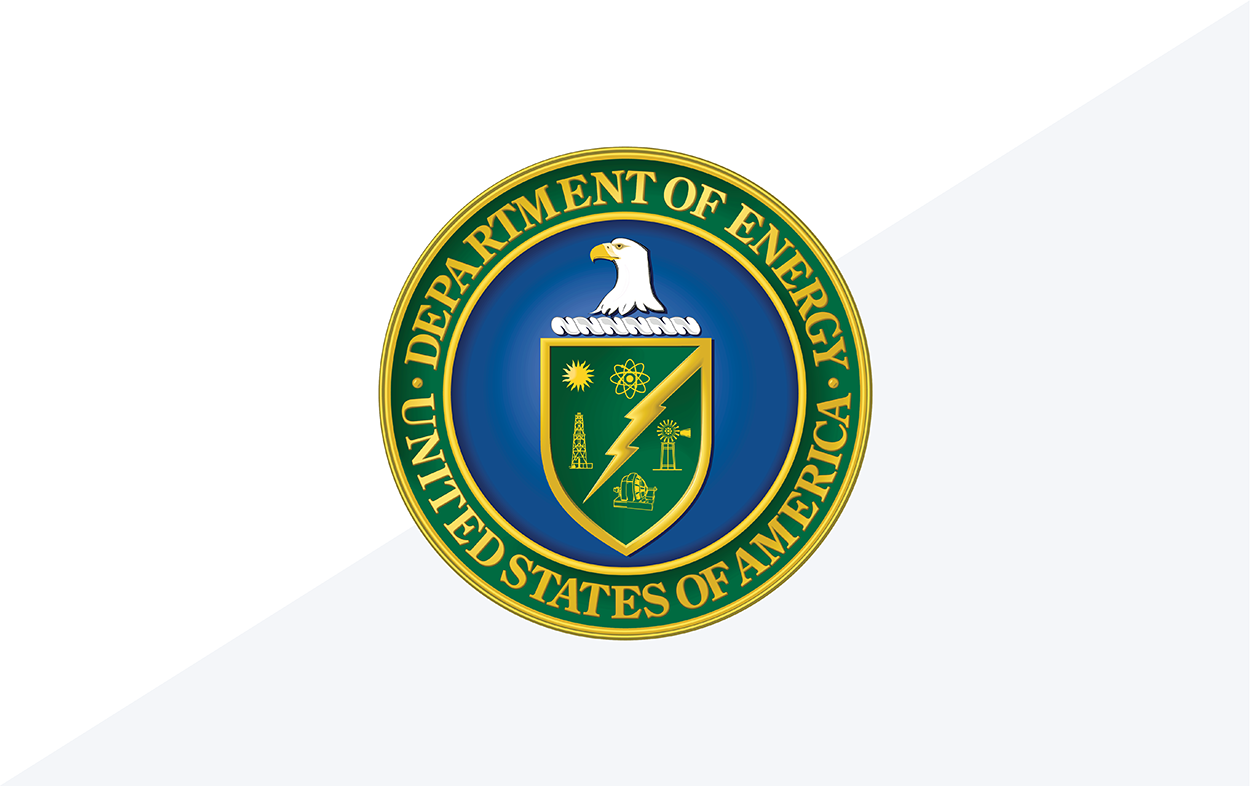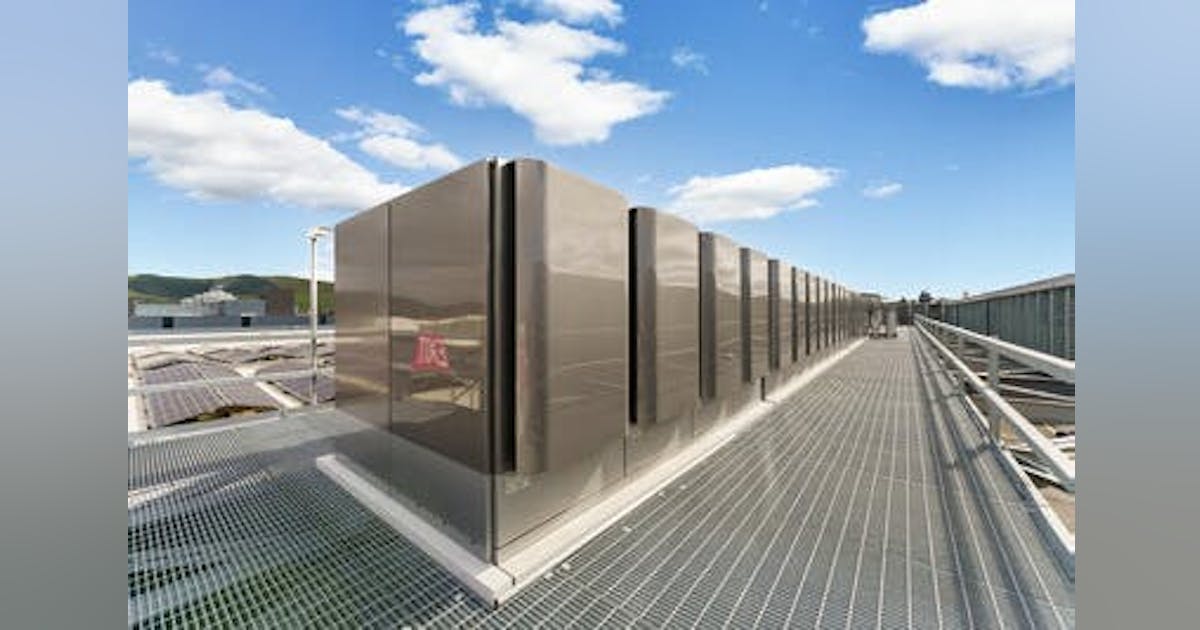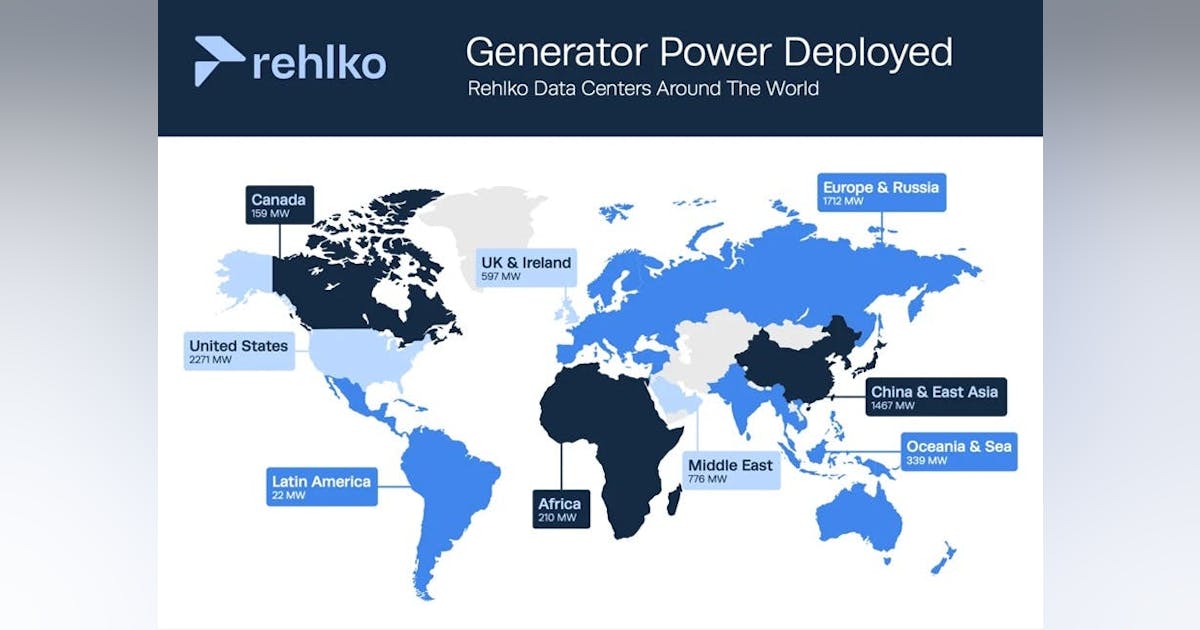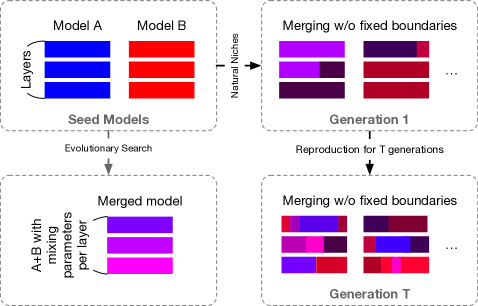Nightfall AI launched the industry’s first autonomous data loss prevention platform Wednesday, introducing an AI agent that automatically investigates security incidents and tunes policies without human intervention — a breakthrough that could reshape how enterprises protect sensitive information in an era of expanding cyber threats.
The San Francisco-based startup’s new platform, called Nightfall Nyx, represents a fundamental shift from traditional data loss prevention tools that rely on manual rule-setting and generate high volumes of false alerts. Instead, the system uses an AI agent to mirror the work of security analysts, automatically prioritizing threats and distinguishing between legitimate business activities and genuine security risks.
“Security teams are drowning in alerts while sophisticated insider threats slip through legacy DLP systems,” said Rohan Sathe, CEO and co-founder of Nightfall, in an exclusive interview with VentureBeat. “When analysts spend hours investigating false positives only to discover that real threats went undetected because they didn’t match a predefined pattern, organizations aren’t just losing time—they’re losing control over their most sensitive data.”
The announcement comes as enterprises grapple with an explosion of data security challenges driven by remote work, cloud adoption, and the rapid proliferation of AI tools in the workplace. The global cybersecurity market, valued at approximately $173 billion in 2023, is expected to reach $270 billion by 2026, with data protection representing a significant portion of that growth.
The AI Impact Series Returns to San Francisco – August 5
The next phase of AI is here – are you ready? Join leaders from Block, GSK, and SAP for an exclusive look at how autonomous agents are reshaping enterprise workflows – from real-time decision-making to end-to-end automation.
Secure your spot now – space is limited: https://bit.ly/3GuuPLF
How AI-powered detection cuts false alerts from 80% to 5%
Traditional data loss prevention systems have long frustrated security teams with accuracy rates as low as 10-20%, according to Sathe. These legacy platforms rely heavily on pattern matching and regular expressions to identify sensitive data, creating a constant stream of false alerts that require manual investigation.
“What ends up happening is you end up staffing like a SOC analyst to go and sift through all the false positives,” Sathe explained. “With an AI kind of native approach to actually doing content classification, you can get in that like 90, 95% accuracy.”
Nightfall’s approach combines three AI-powered components: advanced content classification using large language models and computer vision, data lineage tracking that understands where information originates and travels, and autonomous policy optimization that learns from user behavior over time.
The platform’s AI agent, dubbed “Nix,” sits atop this detection infrastructure and “basically mirrors what a DLP SOC analyst would do,” Sathe said. “Taking a look at all the incidents that Nightfall surfaces in the dashboard, and then making recommendations on what to investigate most urgently, and then what policy tweaks to make to differentiate between real business workflows versus things that are actually dangerous.”
The platform arrives as enterprises confront a new category of data risk: “Shadow AI,” where employees use unauthorized artificial intelligence tools like ChatGPT, Claude, or Copilot for work tasks, often inadvertently exposing sensitive corporate information.
Unlike traditional DLP solutions that rely on static application allow-lists or basic content scanning, Nightfall captures the actual content pasted, typed, or uploaded to AI tools, along with data lineage showing where the information originated. The system can monitor prompt-level interactions across major AI platforms including ChatGPT, Microsoft Copilot, Claude, Gemini, and Perplexity.
“It’s a little meta, because it’s like, AI is identifying risks of AI usage,” Sathe noted. The platform analyzes content being shared with AI applications, tracks where that content originated, and determines whether usage patterns represent normal business activity or potential security violations.
Customer adoption surges as accuracy rates hit 95% across enterprise deployments
Nightfall’s approach has gained traction among enterprise customers seeking alternatives to legacy solutions from Microsoft, Google, and traditional cybersecurity vendors. The company now serves “many hundreds” of customers and processes “hundreds of terabytes a day” of data across deployments supporting over 50,000 employees, according to Sathe.
Aaron’s, the furniture retailer, exemplifies the customer value proposition. The company previously struggled with a legacy DLP solution that generated excessive false positives when monitoring Slack communications. After deploying Nightfall, “they were like, wow, we can really cut down the time that we need to go investigate all these things, because most of everything that you’re surfacing to us is actually legitimate and things that we’re looking for,” Sathe said.
The rapid adoption reflects broader market frustration with traditional approaches. Within six months of launching its endpoint DLP capabilities, Nightfall achieved 20% penetration among its existing customer base — a metric Sathe highlighted as evidence of strong product-market fit.
Legacy DLP vendors face disruption from autonomous security platforms
Nightfall competes against established players including Microsoft Purview, which comes bundled with enterprise Office 365 licenses, as well as dedicated DLP vendors like Forcepoint, Symantec, and newer entrants. However, Sathe argues that bundled solutions carry hidden costs in the form of human labor required to manage false positives.
“Sure, they threw it in for free, quote unquote, but then you had to staff a SOC analyst to go and review all this stuff,” he said. “Hiring people, training them, and having them spend time on DLP, when they could be doing something else, from an opportunity cost standpoint is also dollars at the end of the day.”
The company’s lightweight architecture, which uses API-based integrations rather than network proxies, enables faster deployment compared to traditional solutions that can require three to six months for implementation. Nightfall customers typically see value within weeks rather than months, according to Sathe.
Lightweight architecture enables weeks-long deployments vs. months-long rollouts
Central to Nightfall’s differentiation is its AI-native architecture. While legacy systems require extensive manual tuning to reduce false positives, Nightfall employs machine learning models that improve automatically through what the company calls “annotation-driven supervised learning.”
The platform maintains “personalized detection” capabilities similar to recommendation algorithms used by TikTok or Instagram, creating customized models for each organization based on their specific data patterns and user behavior. This approach allows the system to distinguish between routine business activities and genuine security threats without extensive manual configuration.
The deployment model emphasizes frictionless implementation through lightweight endpoint agents and API integrations with popular SaaS applications. This contrasts sharply with traditional DLP solutions that often require complex network infrastructure changes and lengthy tuning periods.
$65 million in funding targets regulated industries hungry for IP protection
Nightfall has raised approximately $65 million in funding and reports strong financial positioning as it targets regulated industries including healthcare, financial services, technology, legal, and manufacturing sectors. The company sees particular opportunity among organizations dealing with intellectual property protection where traditional DLP solutions struggle to identify and protect proprietary information.
The broader market opportunity reflects the intersection of several technology trends: the continued migration to cloud-based workflows, the explosion of AI tool adoption in enterprises, and increasing regulatory scrutiny around data protection. Recent high-profile data breaches and insider threat incidents have elevated data loss prevention as a board-level concern for many organizations.
The future of cybersecurity: autonomous agents replace manual security operations
As organizations continue adopting AI tools while grappling with evolving data protection requirements, solutions that can automatically adapt to new threats while minimizing operational overhead represent the next evolution in enterprise security. Nightfall’s early success suggests that the market is ready for more intelligent, autonomous approaches to data security that move beyond the limitations of traditional rule-based systems.
The platform’s ability to provide contextual incident summaries — such as “Employee uploaded a file containing 200 customer PII records from Salesforce to personal Google Drive while working remotely” — represents the type of actionable intelligence that security teams need to respond effectively to threats.
The company’s focus on eliminating the manual tuning burden that has long plagued DLP deployments addresses a fundamental pain point that has limited adoption of data protection technologies. If successful, this approach could accelerate enterprise adoption of comprehensive data loss prevention programs and raise the overall security posture across industries handling sensitive information.
The shift toward autonomous security operations mirrors a broader transformation across enterprise software, where AI agents increasingly handle tasks that once required human expertise. For an industry that has struggled with alert fatigue and resource constraints, the promise of truly autonomous data protection may finally deliver on the long-standing goal of security that works as fast as business moves.
Daily insights on business use cases with VB Daily
If you want to impress your boss, VB Daily has you covered. We give you the inside scoop on what companies are doing with generative AI, from regulatory shifts to practical deployments, so you can share insights for maximum ROI.
Read our Privacy Policy
Thanks for subscribing. Check out more VB newsletters here.
An error occured.





















